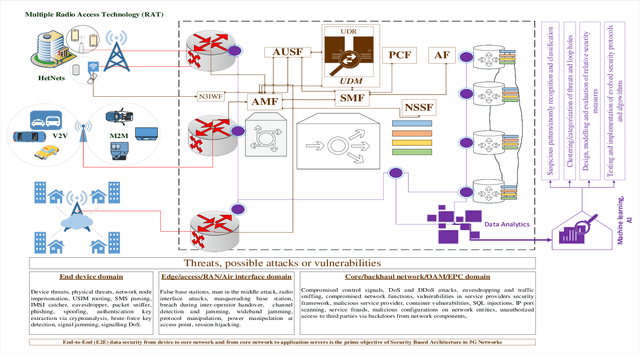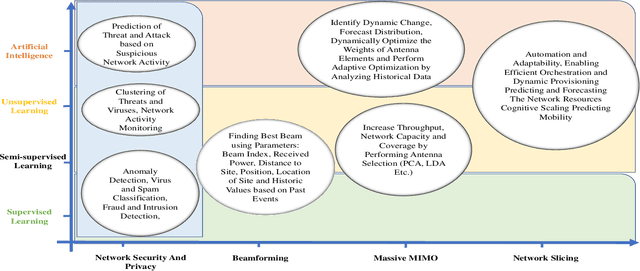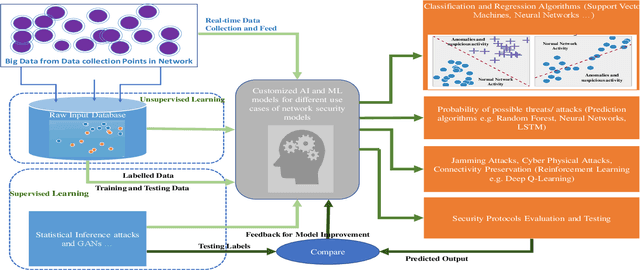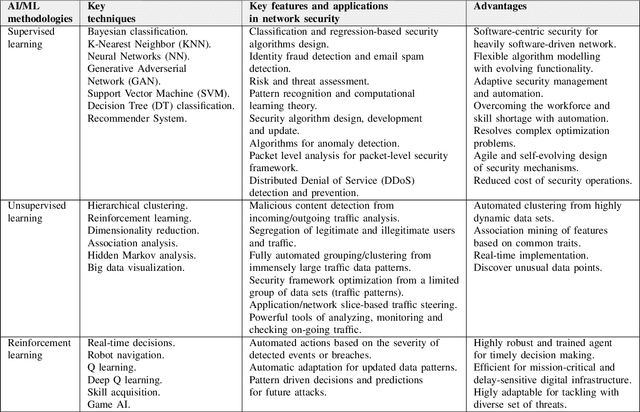Muhammad Zeeshan Baig
Fortifying the Agentic Web: A Unified Zero-Trust Architecture Against Logic-layer Threats
Aug 17, 2025Abstract:This paper presents a Unified Security Architecture that fortifies the Agentic Web through a Zero-Trust IAM framework. This architecture is built on a foundation of rich, verifiable agent identities using Decentralized Identifiers (DIDs) and Verifiable Credentials (VCs), with discovery managed by a protocol-agnostic Agent Name Service (ANS). Security is operationalized through a multi-layered Trust Fabric which introduces significant innovations, including Trust-Adaptive Runtime Environments (TARE), Causal Chain Auditing, and Dynamic Identity with Behavioral Attestation. By explicitly linking the LPCI threat to these enhanced architectural countermeasures within a formal security model, we propose a comprehensive and forward-looking blueprint for a secure, resilient, and trustworthy agentic ecosystem. Our formal analysis demonstrates that the proposed architecture provides provable security guarantees against LPCI attacks with bounded probability of success.
Artificial Intelligence and Machine Learning in 5G Network Security: Opportunities, advantages, and future research trends
Jul 09, 2020



Abstract:Recent technological and architectural advancements in 5G networks have proven their worth as the deployment has started over the world. Key performance elevating factor from access to core network are softwareization, cloudification and virtualization of key enabling network functions. Along with the rapid evolution comes the risks, threats and vulnerabilities in the system for those who plan to exploit it. Therefore, ensuring fool proof end-to-end (E2E) security becomes a vital concern. Artificial intelligence (AI) and machine learning (ML) can play vital role in design, modelling and automation of efficient security protocols against diverse and wide range of threats. AI and ML has already proven their effectiveness in different fields for classification, identification and automation with higher accuracy. As 5G networks' primary selling point has been higher data rates and speed, it will be difficult to tackle wide range of threats from different points using typical/traditional protective measures. Therefore, AI and ML can play central role in protecting highly data-driven softwareized and virtualized network components. This article presents AI and ML driven applications for 5G network security, their implications and possible research directions. Also, an overview of key data collection points in 5G architecture for threat classification and anomaly detection are discussed.
 Add to Chrome
Add to Chrome Add to Firefox
Add to Firefox Add to Edge
Add to Edge